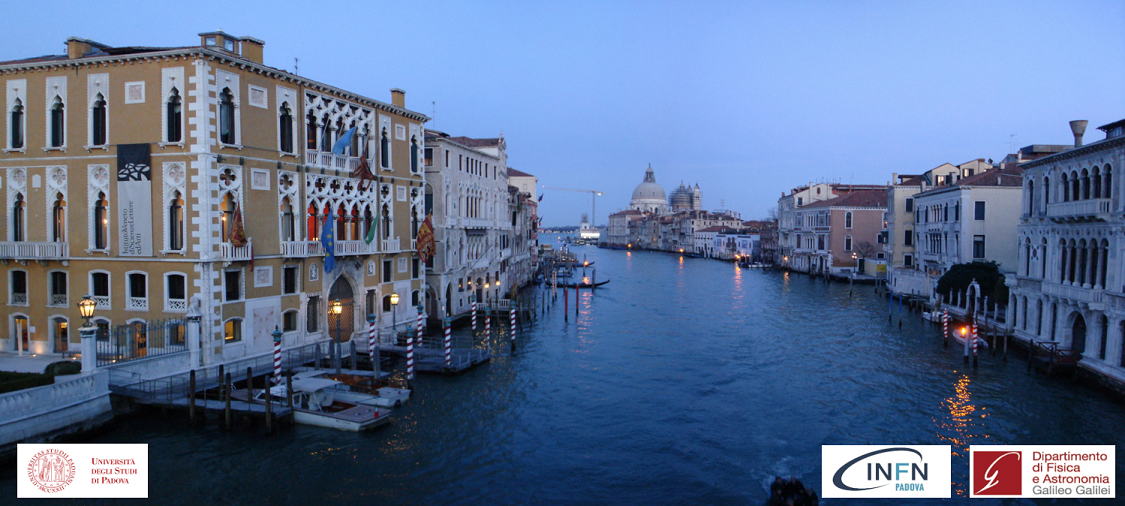Speaker
Description
Borexino was a large liquid scintillator experiment designed for real-time detection of low-energy
solar neutrinos, located at the underground Laboratori Nazionali del Gran Sasso in Italy. During
more than ten years of data taking, it has measured all the neutrino fluxes produced in the proton-proton chain, i.e. the main fusion process accounting for 99 % of the energy production of the Sun.
Moreover, the last stages of Borexino data taking were devoted to the first observation of solar
neutrinos emitted from the Carbon-Nitrogen-Oxygen (CNO) fusion cycle, in which the reactions
producing neutrinos are catalyzed by carbon (C), nitrogen (N), and oxygen (O). To disentangle
signal and background rates, a multivariate analysis has been performed by simultaneously fitting
energy and radial distributions of the events. The key difficulty of this measurement is represented
by the 210Bi contaminating the liquid scintillator, which is constrained in the multivariate fit by
independently determining an upper limit on its contamination.
More recently, Borexino has developed a new technique, called "Correlated and Integrated
Directionality" (CID), to exploit the fast directional Cherenkov information for sub-MeV solar
measurements. This method exploits the correlation between the known position of the Sun and the
direction of reconstructed photons. In particular, Cherenkov hits originated by solar neutrino
interactions exhibit a clear correlation with the position of the Sun, while isotropic scintillation and
background events don't. Borexino has demonstrated the validity of this new method by providing
the first directional measurement of sub-MeV 7Be neutrinos. In this talk, we present the first
observation of the CNO solar neutrinos with CID and thus, without any prior knowledge on the
210Bi contamination using all Borexino data. Furthermore, this result is combined with an
improved two-dimensional multivariate analysis of the Phase III dataset, leading to an
unprecedented level of precision for CNO neutrino measurement.

